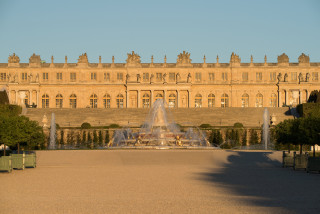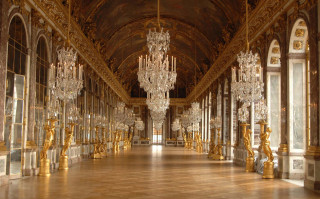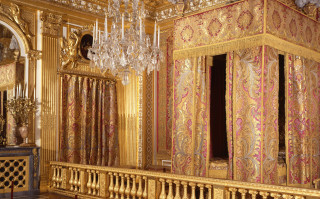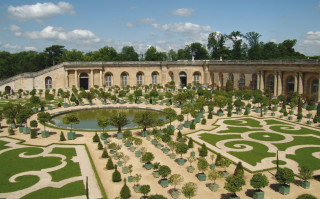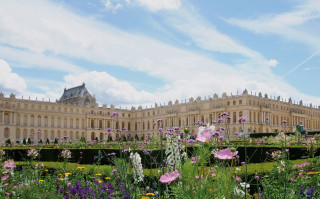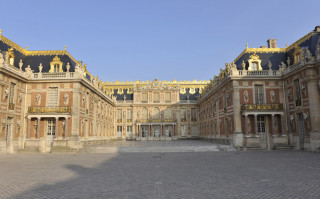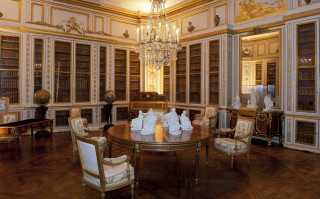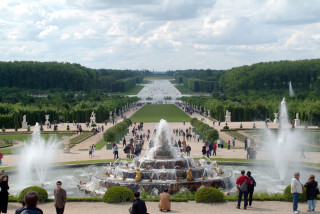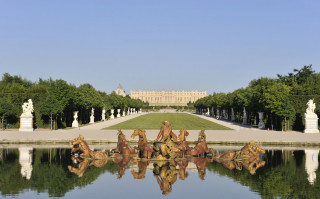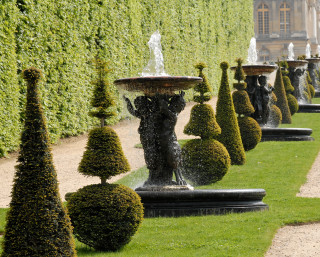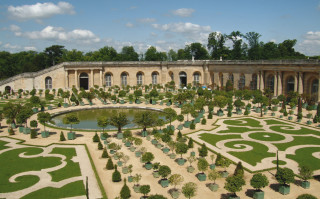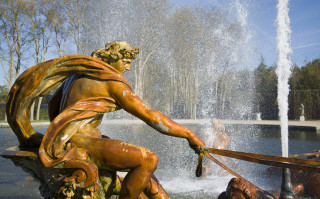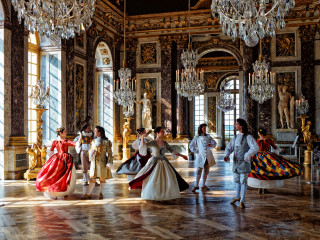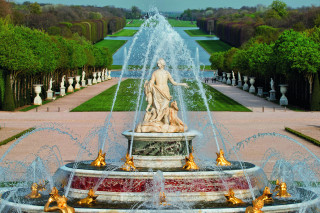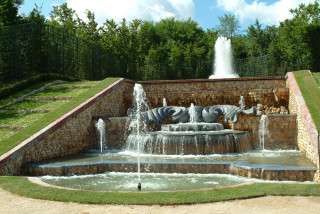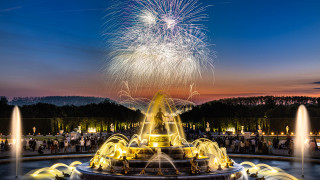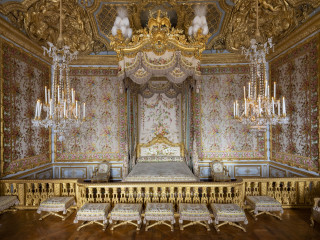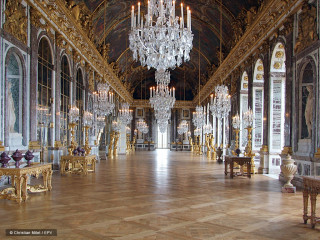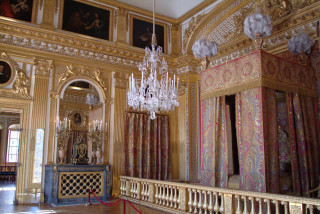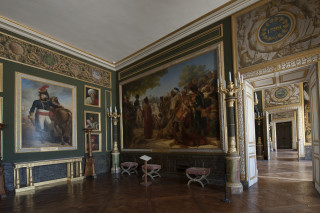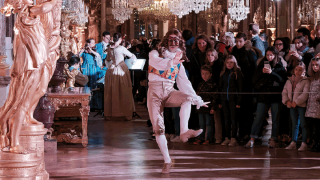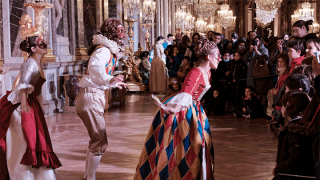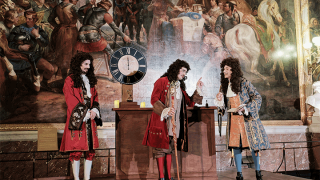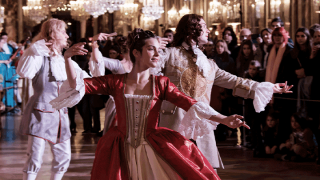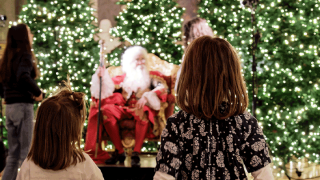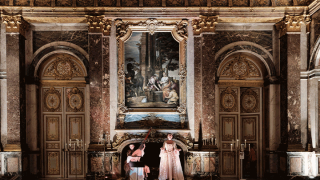Le château de Versailles
The Hall of Mirrors
Opening day(s)
All year long 2025
Tuesday, Wednesday, Thursday, Friday, Saturday, Sunday
During high season: from 9:00 to 6:30 p.m. (last entry at 6:00 p.m.) from Tuesday to Sunday except for certain holidays or official ceremonies. During low season: from 9:00 to 5:30 p.m. (no admission after 5:00 p.m.) from Tuesday to Sunday except for certain holidays or official ceremonies.
Exceptionally closed : Thursday 25 December 2025
Destination
La galerie des Glaces
Château de Versailles
78000
Versailles
GPS coordinates
Latitude : 48.804328
Longitude : 2.120936
Presentation
An iconic site of the Palace of Versailles, the Hall of Mirrors continues to amaze visitors to this day.
Composed of 357 mirrors, it was, for successive monarchs, the ultimate symbol of France’s grandeur.
Composed of 357 mirrors, it was, for successive monarchs, the ultimate symbol of France’s grandeur.
Completed in 1684 to the designs of Jules Hardouin-Mansart, the Hall of Mirrors was built to replace an open terrace designed by architect Louis Le Vau, which once connected the King’s Apartments to those of the Queen.
The Hall of Mirrors was a place of encounters and passage, where the public and courtiers hoped to catch sight of the king or present a petition. Stretching 73 meters long, it was also a political tool, showcasing the grandeur and strength of the kingdom. The entire décor was conceived to display France’s achievements to those who admired it. The vault painted by Le Brun illustrates the political successes of Louis XIV, while the 357 mirrors demonstrate the expertise of French manufacturing, able to rival the Venetian monopoly in mirror-making. Finally, the gallery reflects French artistic excellence, as it is the result of collaboration between renowned artisans and artists.
This magnificent setting was used on rare occasions to stage displays of power. Certain diplomatic receptions and celebrations of princely weddings were held here. Most famously, on June 28, 1919, it was the site of the signing of the Treaty of Versailles, which ended the First World War. Since then, official guests of France have been received by the President of the Republic in this extraordinary Hall of Mirrors.
The Hall of Mirrors was a place of encounters and passage, where the public and courtiers hoped to catch sight of the king or present a petition. Stretching 73 meters long, it was also a political tool, showcasing the grandeur and strength of the kingdom. The entire décor was conceived to display France’s achievements to those who admired it. The vault painted by Le Brun illustrates the political successes of Louis XIV, while the 357 mirrors demonstrate the expertise of French manufacturing, able to rival the Venetian monopoly in mirror-making. Finally, the gallery reflects French artistic excellence, as it is the result of collaboration between renowned artisans and artists.
This magnificent setting was used on rare occasions to stage displays of power. Certain diplomatic receptions and celebrations of princely weddings were held here. Most famously, on June 28, 1919, it was the site of the signing of the Treaty of Versailles, which ended the First World War. Since then, official guests of France have been received by the President of the Republic in this extraordinary Hall of Mirrors.
Pics
Pics
Tarifs
Free for people under 26 years old from European Union
Free for people under 18 years outide of the European Union
Free for disabled person and an accompanying person
Tickets available :
- Palace ticket
- The 1 day pass includes the entire estate (Palace + Gardens + Trianons)
- The 2 days pass includes the entire estate (Palace + Gardens + Trianons) for two consecutive days.
Free the first Sundays of each months from November to March)
Free for people under 18 years outide of the European Union
Free for disabled person and an accompanying person
Tickets available :
- Palace ticket
- The 1 day pass includes the entire estate (Palace + Gardens + Trianons)
- The 2 days pass includes the entire estate (Palace + Gardens + Trianons) for two consecutive days.
Free the first Sundays of each months from November to March)
We also suggest...
From Saturday 13 December 2025 to Saturday 03 January 2026
Saturday, Sunday
18:00 to 21:15
1h10 show Depature every 25 minutes






